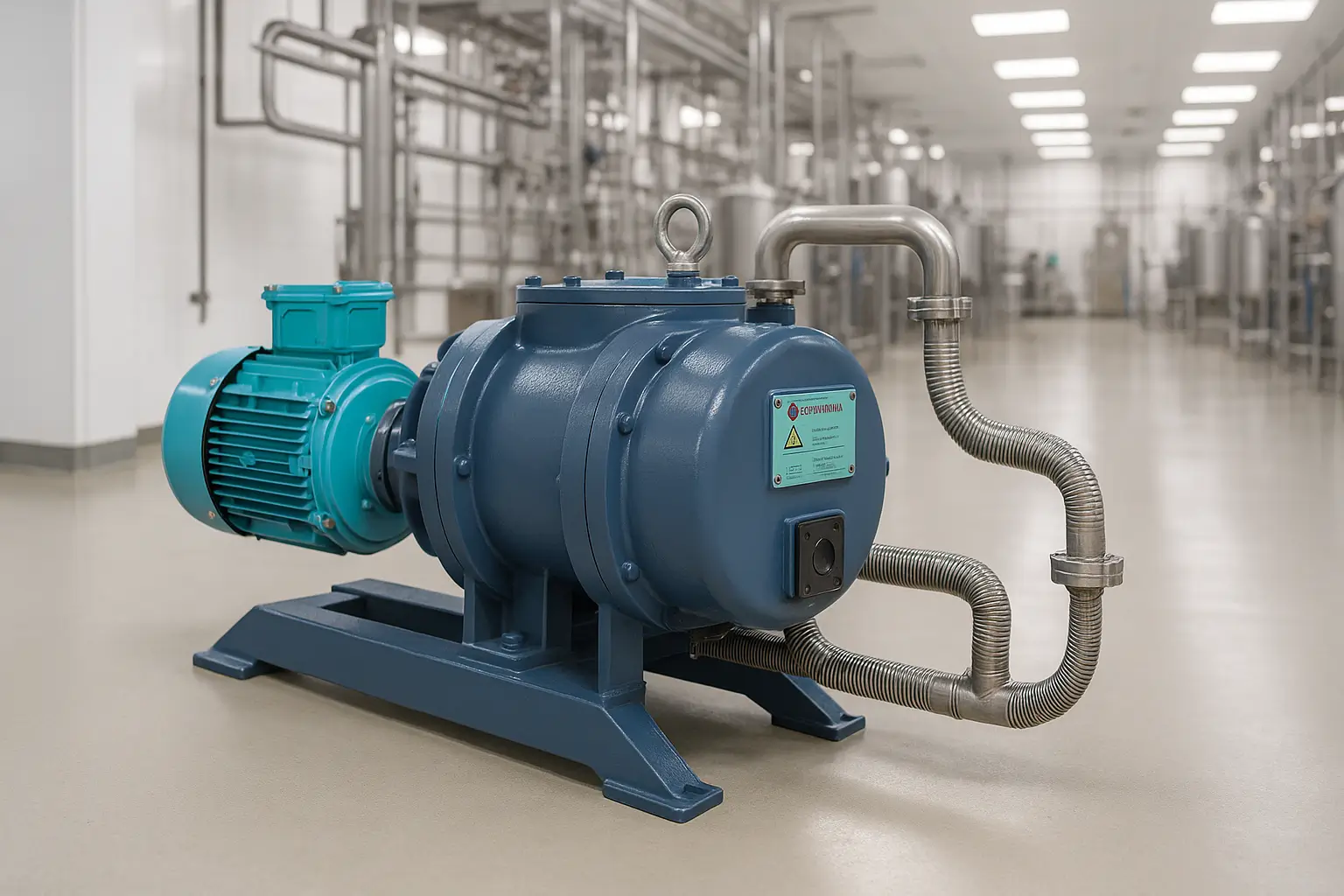

Vacuum systems are critical components in a variety of industrial processes, from packaging to chemical production. Optimising these systems not only improves energy efficiency but also enhances productivity, extends equipment life, and reduces downtime. Stanpumps Engineering Industries works closely with clients across diverse sectors to deliver tailored vacuum solutions that address both performance and cost-effectiveness.
One of the first steps in vacuum system optimisation is evaluating the design of the existing system. A poor layout can lead to significant pressure losses, inefficient operation, and unnecessary wear on components.
Stanpumps Engineering Industries recommends assessing the following areas:
Proper system design ensures minimal resistance to airflow, helping maintain optimal vacuum levels with reduced energy input.
Choosing the correct vacuum pump is essential. Many operations use pumps that are either oversized or unsuitable for the specific application. This results in wasted energy and higher maintenance.
Stanpumps offers a range of vacuum technologies to meet varying industrial needs, including:
By understanding process requirements and matching them with the appropriate pump, users can achieve greater system efficiency and lower operational costs.
Air leaks are a common cause of inefficiency in vacuum systems. Even minor leaks can force the pump to work harder, increasing power consumption and accelerating wear.
Routine inspection and sealing of potential leak points, including connections, valves, and flanges, are critical. Stanpumps Engineering Industries advises the use of leak detection techniques such as ultrasonic testing or pressure decay analysis to identify hidden losses.
Running a vacuum pump continuously at full capacity may not always be necessary. Over-vacuuming not only wastes energy but also increases stress on equipment.
Incorporating intelligent control systems, such as variable frequency drives (VFDs), allows operators to match vacuum output with demand. Stanpumps helps clients implement pressure control loops and automation strategies to ensure stable, efficient operation under all load conditions.
For facilities with multiple vacuum points, a centralised system can offer significant efficiency benefits compared to standalone units at each station. These systems allow for better utilisation of pump capacity and easier maintenance.
Stanpumps Engineering Industries designs central vacuum systems tailored to specific industrial requirements, helping clients consolidate infrastructure, reduce total energy consumption, and simplify control.
Vacuum pumps generate heat, particularly in high-duty applications. Inadequate cooling can lead to performance degradation and mechanical damage.
Stanseals recommends:
Thermal efficiency contributes to the longevity and safe operation of vacuum systems, particularly in environments with fluctuating ambient temperatures.
Accessories such as inlet filters, condensate traps, and check valves play a vital role in protecting vacuum pumps and preserving system integrity. Low-quality or poorly maintained accessories can restrict flow or introduce contaminants.
Stanpumps Engineering Industries provides robust filtration solutions to remove dust, moisture, and chemical vapours before they reach the pump. This ensures consistent performance, reduces downtime, and extends equipment life.
Optimisation is not just about design, it’s also about upkeep. Regular maintenance prevents the build-up of contaminants, identifies worn components early, and ensures that system parameters remain within optimal ranges.
Stanpumps works with clients to develop preventive maintenance routines that include:
Proactive servicing extends system life and avoids costly emergency repairs.
Ongoing performance monitoring is essential for long-term optimisation. Installing sensors and gauges to track vacuum pressure, motor load, and temperature provides real-time data for decision-making.
Stanpumps integrates smart monitoring tools with existing systems, enabling operators to visualise trends, detect anomalies, and adjust operation parameters as needed. Data-driven maintenance helps ensure that the vacuum system continues to operate at peak efficiency.
Older vacuum systems may lack the energy-saving features found in modern designs. Upgrading to newer technology can result in significant operational improvements, even if the system is still functional.
Stanpumps Engineering Industries offers expert guidance on retrofitting or replacing legacy systems with high-efficiency vacuum solutions. Their team ensures that upgrades align with process demands, sustainability targets, and compliance requirements.
If your vacuum system isn’t performing at its best, speak to the team at Stanpumps Engineering Industries. Our experts are here to help you optimise efficiency, reduce costs, and extend the life of your equipment. Contact us today to get started.